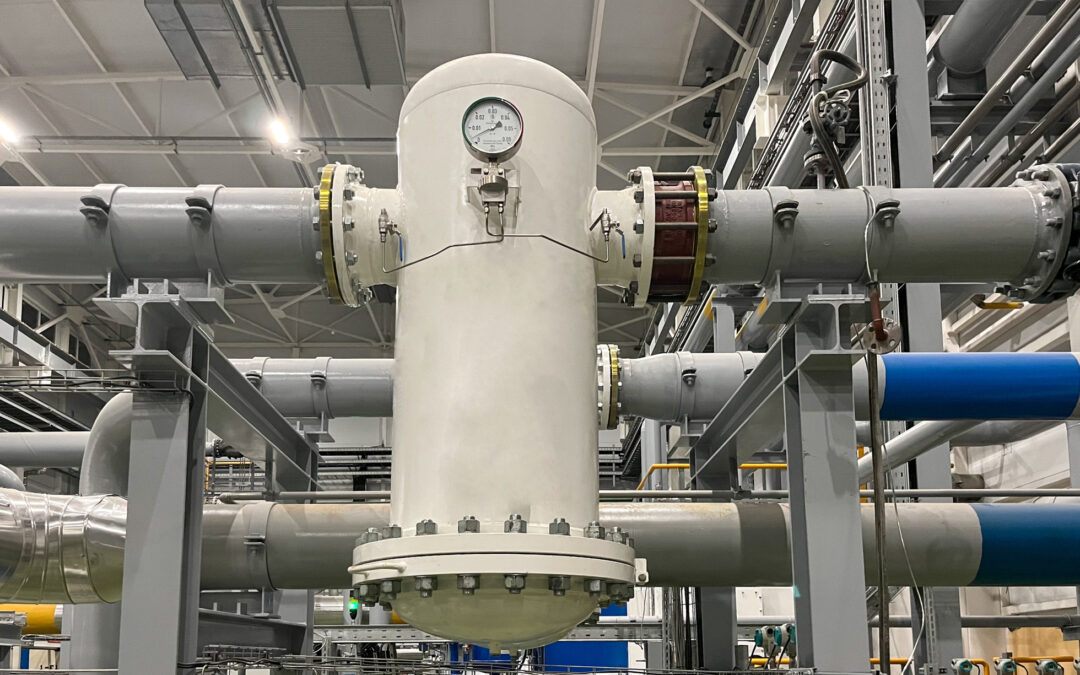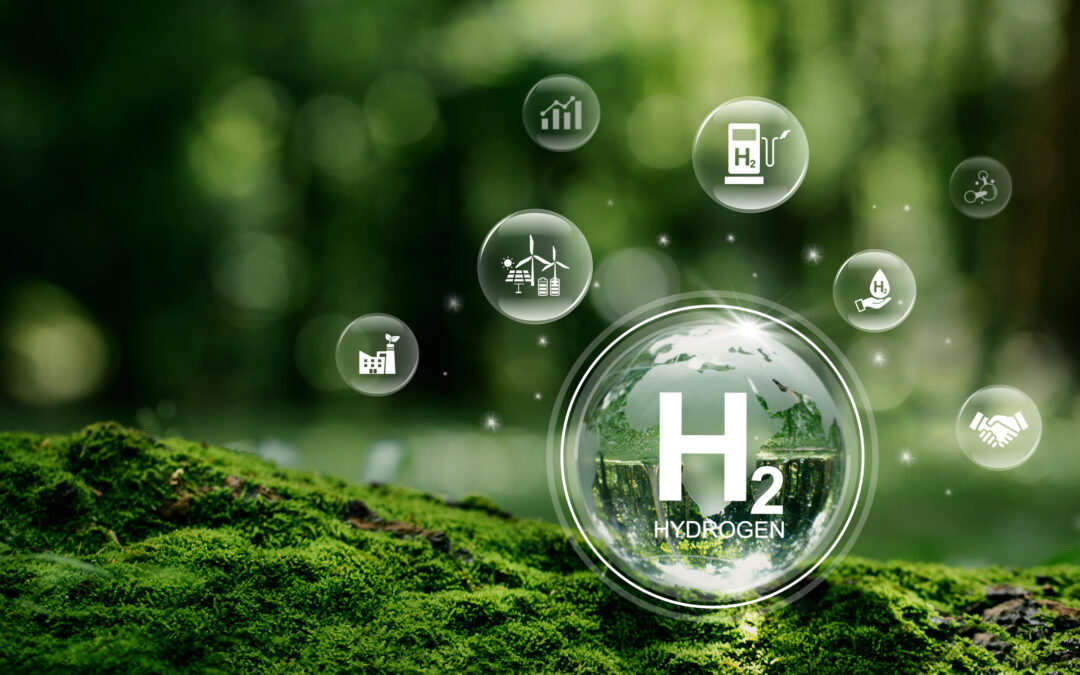
Jul 22, 2024 | Blog, Industrial Water Treatment, Membrane Filtration, Microfiltration/Ultrafiltration, Power, Reverse Osmosis, Reverse Osmosis/Nanofiltration, Semiconductor, Uncategorized, Wastewater Treatment
Why a Membrane Clean-In-Place (CIP) System? Home 9 Category: Industry Membrane separation technologies are a cost-effective and dependable solution for a wide variety of water purification and process liquid separation applications. But in order to operate as...

Oct 4, 2023 | Education, Energy Sector, Green Energy, Industrial Water Treatment, Power, Uncategorized
Electrolysis and Green Hydrogen: Impacts and Outlook Home 9 Category: Uncategorized As the world looks for more sustainable ways to meet its growing energy demand, green hydrogen is almost always part of the conversation. But what exactly is green hydrogen, and...

Sep 5, 2023 | EPC Projects, Industrial Water Treatment, Projects
Common EPC project challenges and how to prevent them Home 9 Author archive for Ryan D Engineering, procurement and construction (EPC) projects can drastically simplify and streamline complex construction projects—especially for the owner. Even while the...

Aug 23, 2023 | EPC Projects, Industrial Water Treatment, Projects
How does an EPC project work?: Understanding turnkey construction contracts Home 9 Search query for: Without proper management, even the smallest construction projects can quickly devolve into wasted time and money. With so many moving parts, major...

Sep 8, 2021 | Industrial Water Treatment, Uncategorized, Wastewater Treatment
How to Remove Mercury From Your Industrial Water and Wastewater Home 9 Category: Uncategorized Mercury (Hg) is a well-known heavy metal that both occurs naturally and can be introduced to air and water through human activity. With its high toxicity, mercury has...

Aug 23, 2021 | Industrial Water Conservation, Industrial Water Treatment, Industrial Water Treatment Systems, Power
Bitcoin mining and the power industry: impacts and outlook Home 9 Author archive for dantewk@gmail.com ( Page 2 ) You’ve no doubt heard of Bitcoin, the digital currency ecosystem that’s recently been getting attention for its steeply ascendant price, as...








